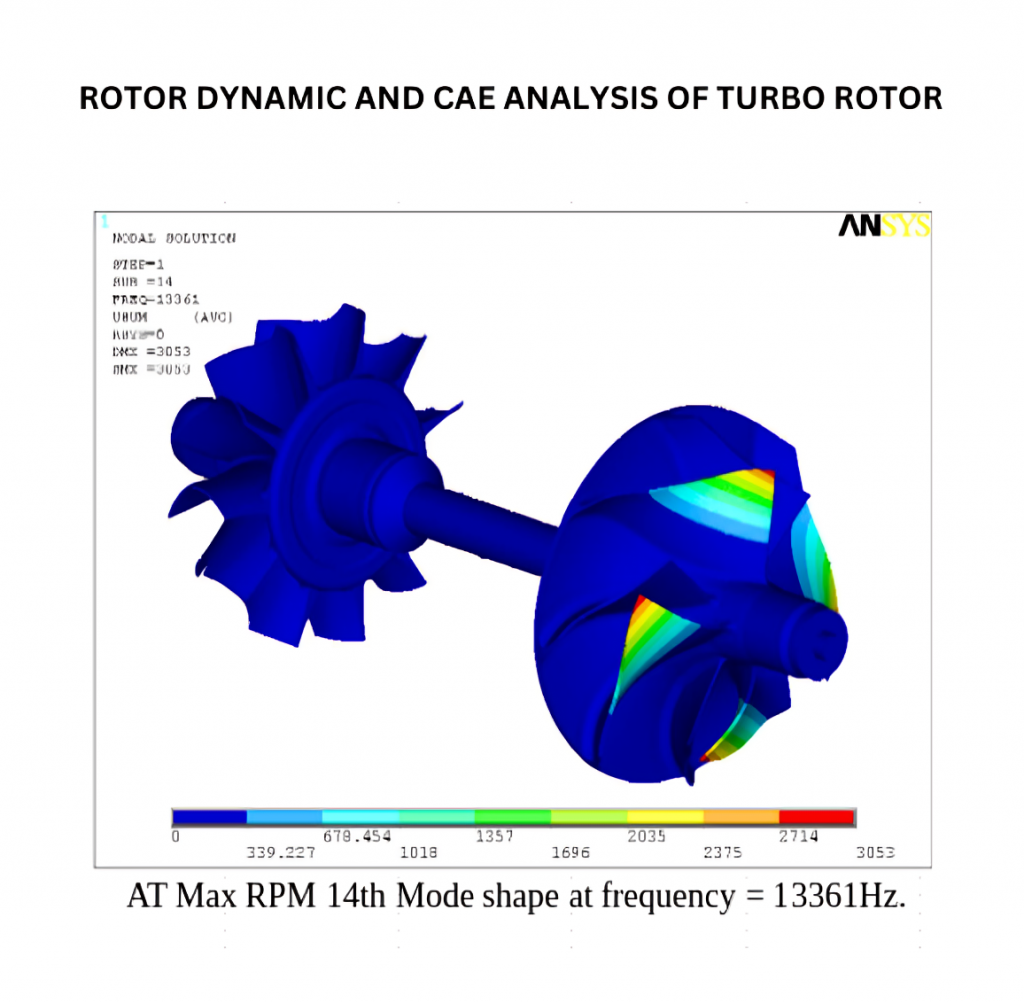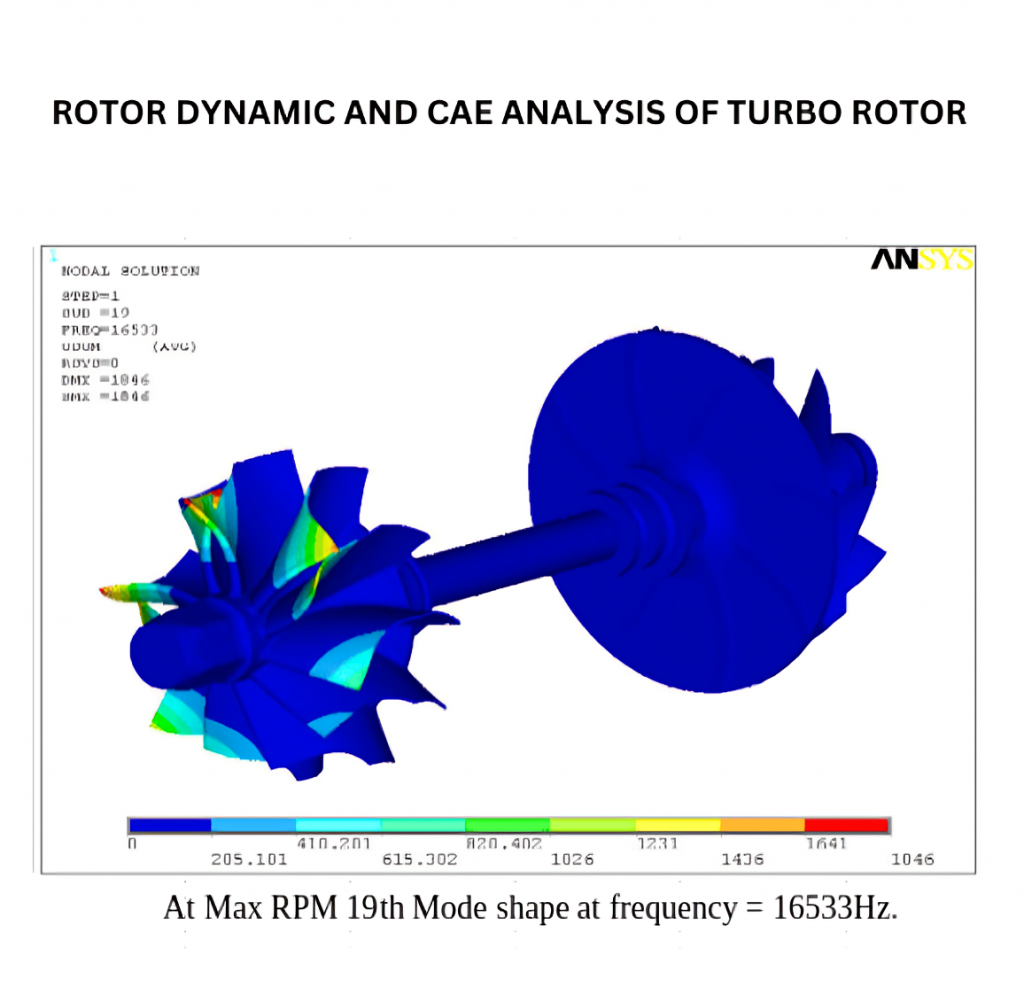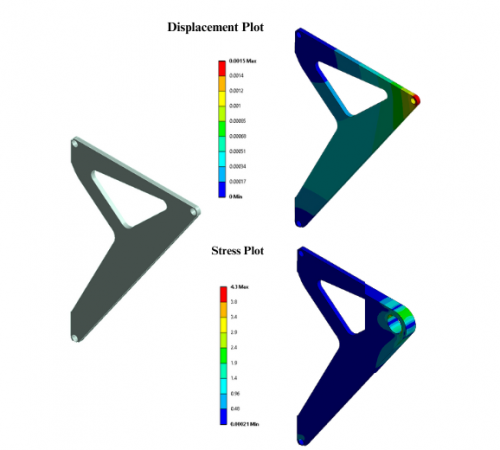INTRODUCTION
Delivering goods that are secure, dependable, long-lasting, and technically superior is the aerospace industry’s constant priority. As a result, it consistently picks and adheres to highly strict safety and regulatory standards that are suited for their products. The performance, safety, and quality of the components are taken into consideration when choosing such norms. Different standards for different applications force design engineers to carefully craft their components to adhere to these specifications. The amount of complexity for the designers rises when the standards change arbitrarily with respect to each individual component and system. It even gets worse when it comes to the integration of every component into a single system. The use of advanced modeling and simulation techniques, like FEA, has become essential in order to tackle such complexities at an early stage and to address the requirement for better products with a shorter lead time to market.
FEA has evolved over the last few decades into a crucial tool for the aerospace industry. The use of FEA in the aerospace sector is prevalent in a variety of fields. It helps with issues like structural analysis of different aircraft structures (such as wings, rack cabins, overhead cabins, seats, etc.), electronics system cooling analysis, modal analysis, landing gear analysis, engine and nacelle component analysis, and component analysis of fuel and air handling systems.
Our expertise could assist you with
Turbine
- Evaluation of LCF and HCF
- Evaluation of Thermal Stress, Vibration, and Rotodynamics
- Reducing the risk of creep and fracture
Compressor
- Evaluation of LCF and HCF
- Evaluation of Stress, Vibration, and Rotodynamics
- Reducing the risk of creep and fracture
Systems
- Evaluation of Crack Propagation and Growth
- F&DT Analysis for Landing Gear Doors (NLGD, BLGD, etc.)
- Reducing the risk of component failure
HCF and Vibration Analysis of a Centrifugal Compressor
With the remarkable progress achieved in the field of computer technology, finite element analysis would be a useful low-cost method for compressors, pumps, and turbines. Using the FEA method, stress, strain, vibration levels, and blade and disc margins are predicted.


Benefits after FEA optimization
- FEA analysis helps maximise the fatigue life of compressors, which in turn increases their mechanical efficiency
- FEA analysis helps in predicting critical speeds and unbalanced mass distributions in the turbo components and assemblies
- FEA analysis helps in predicting the stress and vibration levels in the turbocharger components
Topology Optimization
Lightweight design is a major need for the hour and in the coming year in every industry, especially in the aerospace industry. Weight reduction without compromising safety and reliability is a challenging task for a designer. Topology optimization through FEA is a phase of structural concepts in which one seeks the optimal shape of a structure without affecting its strength, thereby providing better choices for engineers in choosing the optimal design (both material and cost) that is apt for the requirement.


Roto Dynamics and Vibration Analysis of a Turbo Core
An important factor that governs the design, efficient operation, and life cycle of turbochargers are the vibrational characteristics of their rotating components that are hosed inside their completed mountings.
The rotordynamic module within FEA helps in predicting the vibration characteristics and resulting structural integrity problems of any system with rotating systems. One of the most widely used applications is in the design and optimization of turbochargers.
